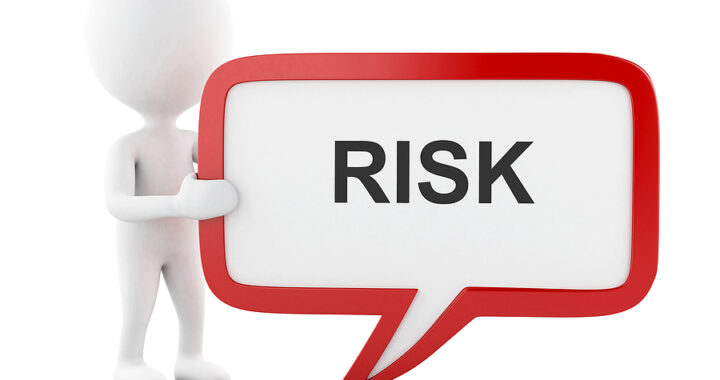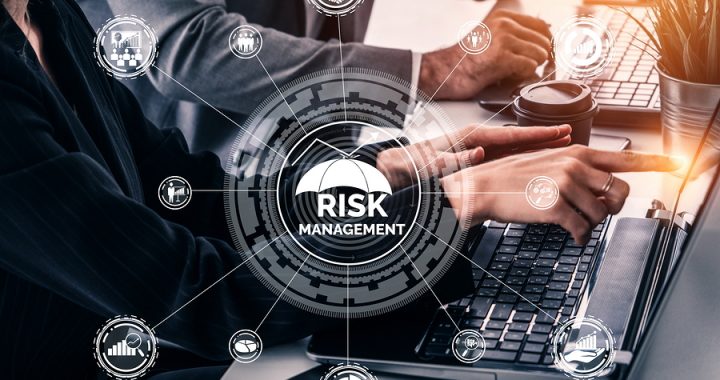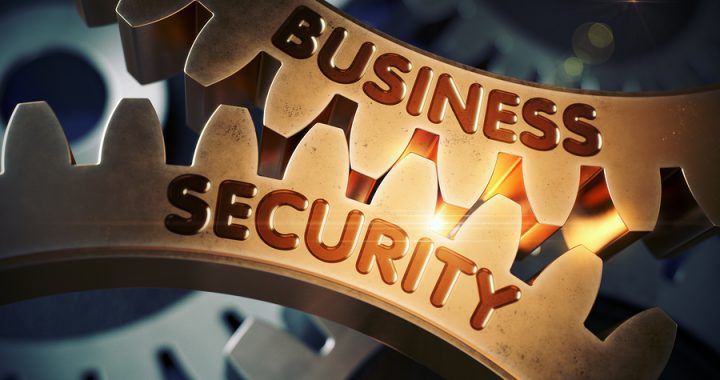Business risk is an inherent part of any enterprise, and it is the responsibility of the board of directors to carefully consider and manage these risks.
When it comes to cybersecurity, there are several factors that the board of a small, medium or non-profit enterprise should consider in order to determine what is an acceptable business risk.
First and foremost, it is important for the board to understand the potential consequences of a cybersecurity breach.
This includes not only the financial costs of responding to the breach and repairing any damage but also the impact on the company’s reputation and customer trust.
The board should also consider the likelihood of a cybersecurity breach occurs, as well as the potential severity of the consequences.
One way to manage cybersecurity risk is through the implementation of robust security protocols and technologies.
This includes ensuring that all software and systems are regularly updated and patched, using strong passwords and implementing two-factor authentication, and regularly training employees on cybersecurity best practices.
The board should also consider investing in cybersecurity insurance, which can help to mitigate the financial impact of a breach.
Another aspect of managing cybersecurity risk is having a robust incident response plan in place.
This should outline the steps to be taken in the event of a breach, including how to communicate with employees, customers, and the media, as well as how to restore systems and recover from the incident.
It is important for the board to consider the potential for external threats, such as cybercriminals.
This includes considering the use of security tools such as firewalls and intrusion detection systems, as well as implementing processes for monitoring and detecting potential threats.
In addition to these technical measures, the board should consider the role of company culture in managing cybersecurity risk.
This includes promoting a culture of cybersecurity awareness and education among employees, as well as setting expectations for responsible behavior online.
Ultimately, the acceptable level of business risk when it comes to cybersecurity will depend on the specific circumstances and needs of the enterprise.
The board should carefully consider the potential consequences of a breach, the likelihood of such an incident occurring, and the measures in place to mitigate and manage these risks.
By taking a proactive approach to cybersecurity, the board can help to protect the company’s assets and reputation, and ensure the long-term success of the enterprise.













